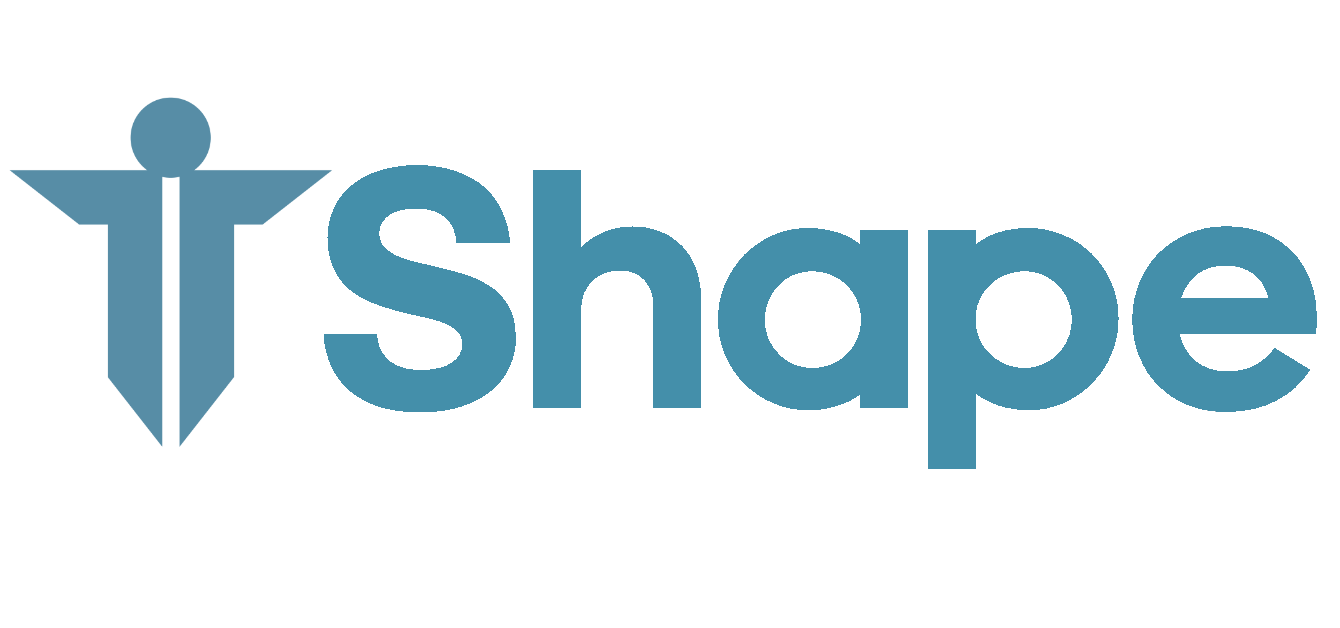
Is Scrum relevant in our current and future organizations?
The Scrum Framework is one of the most widely used frameworks for development teams. It has been implemented in various organizations with very different cultures and structures.
Scrum has been around and refined for over twenty years, with the last update to the Scrum Guide in 2020. But will Scrum also be relevant for future organizations, or will Scrum be irrelevant?
In Reinventing Organizations, Frederic Laloux describes how organizations have evolved and will evolve. The concept consists of five stages from which an organization will operate from. Each stage is named with a color and defined by a set of beliefs that form the organization’s structure and practices.
I will look at the four stages: Amber, Orange, Green, and Teal, where Green and Teal represents the culmination of organizational evolution.
Organizations corresponding to Amber
Amber is one of the earlier stages, and only a few organizations still operate primarily from Amber, but many aspects of Amber continue in the next stage.
Some of the fundamental beliefs that characterize Amber organizations are:
- The world is static and is defined by universal and immutable laws.
- If you do what is right, you will be rewarded. Otherwise, you will be punished.
- People must be supervised and told what is expected of them.
- Management must rely on command and control to achieve results.
Scrum from a Amber perspective
Scrum is not an easy adaptation to Amber organizations as many areas are not aligned with the Scrum philosophy. However, introducing Scrum can challenge and evolve the organization’s fundamental assumptions and lead to an implementation with many anti-patterns that are not in the spirit of Scrum.
One of Scrum’s fundamental elements is the self-organizing team, meaning that no formal hierarchy, such as a Lead developer or a team lead, is imposed on the team. In Amber organizations, the hierarchy is very important, and the roles are pretty stiff and assigned by people higher up in the hierarchy.
For instance, in a Daily scrum, the focus could shift from focus on a Sprint goal for the team, to an individual progress report, allowing for supervising the individual team members.
In some teams, the Scrum Master or Product Owner might be the manager or team lead for the Developers, supervising them with questions like, “What did you do yesterday?” and “What are your plans today?”
Other areas that can be affected by an Amber organization are the Product Backlog items and the Sprint Planning. Here, the Backlog items can be very specific requirements that focus on what should be implemented, not the problem that needs to be solved. This will diminish the team’s ability to self-organize and creatively solve the underlying problem.
Sprint planning can shift the focus to ensuring that everyone has plenty of work, over what is most valuable to implement.
It is difficult to say, whether these anti-patterns can be solved over time. I believe it can be difficult for the Scrum Master if the team manager and the predominant view in the organization are consistent with Amber. This will only allow the Scrum Master to make minor adjustments.
Organizations corresponding to Orange
The majority of larger organizations today mainly operate from the Orange perspective.
Some of the characteristics of Orange are:
- Leadership and management are about prediction and control.
- Employees are motivated by incentives like performance appraisals and bonus schemes.
- Material results and status are essential. The real measure of success is money and material wealth.
Scrum from a Orange perspective
For Orange organizations, Scrum is a perfect match in many ways. It can enable the organization to handle complexity in a way that is aligned with “prediction and control.”
Many practices associated with Scrum, like estimation in Story Points, assigning Business value to stories, measuring Sprint Velocity, and Lead time, fit perfectly into the orange set of beliefs of measuring progress.
One anti-pattern is when the metric Sprint velocity becomes a target. This can lead to a “Story point factory” where the metric and the output are more in focus than the outcome.
However, Scrum can also help organizations start a transition into later stages, such as Green and Teal. Many Scrum Masters will apply facilitation that supports aspects from the Green stage, such as making sure every opinion is heard and committing time with the team to identify the team’s shared values. Some Scrum teams might succeed in delegating decisions for budgeting and recruiting to the team to boost the team’s motivation and performance.
Organizations corresponding to Green
Few large organizations mainly operate from a Green perspective, but some teams adapt to the Green perspective within Orange organizations.
Some of the characteristics of Green are:
- The organization pyramid exists but is portrayed upside down and is more team-oriented.
- Community and harmony are more important than the outcome.
- Everyone’s opinion is valuable, including having lots of diversity.
- Shared values are better than strict rules and policies.
- Use a bottom-up process for input and aim for consensus.
Scrum from a Green perspective
As mentioned in the Orange stage, the Scrum framework can also fit an organization mainly operating from Green.
One practice and process that will be different from Orange’s is facilitation.
Facilitation can focus on having a check-in at the beginning of a Scrum event and focus on the Sprint Retrospective.
Input from other stakeholders can also be prioritized, for instance, during the Sprint Review and the refinement process.
If the team uses Story Points, the focus here will be on everyone’s contribution to the estimate and the conversation that the estimation can lead to.
The hierarchy and fixed assigned roles can also be looser. This can lead to the facilitator and Scrum Master roles shifting between all team members to ensure everyone is included.
Shifting the Scrum Master role between team members might lower the value of a Scrum Master and might not even motivate every team member.
Organizations corresponding to Teal
Very few organizations operate from Teal, but a growing number of organizations have teams that are closely aligned with Teal. Here are some of the beliefs that dominate a Teal organization:
- People are creative, thoughtful, trustworthy adults.
- People are accountable and responsible for their decisions and actions.
- People are fallible and make mistakes, sometimes on purpose.
- We are unique.
- We want to use our skills to contribute to the organization and the world positively.
Scrum from a Teal perspective
Implementing Scrum in a team that already operates from a Teal perspective can have challenges very different from those of Amber, Orange, or Green.
The Scrum framework does not touch upon many core practices that separate Orange from Green and Teal, as it is mainly focused on team events, roles, and artifacts. A core principle in Scrum is that the team should be self-managing, primarily addressing how the team works and implements the solution.
Self-organizing vs Self-managing
In the latest update of the Scrum guide from 2020 one of the changes was replacing Self-organising with Self-managing. The reason for this change was to make it more explicit and not a change in the delegation to the team. Self-managing in Scrum means:
- What they should be doing
- How the team manages their work practices
- How the members of the team interact
- When they should do certain activities
The Scrum guide does not touch upon the budgeting process, how team members are recruited, or how people are assigned the Scrum Roles. These practices are very different when organizations move into Green and Teal.
Since Scrum is a framework, it is intentionally not very prescriptive. However, the Scrum Events are clearly defined and with specific frequency, timeboxes, and who should participate. This, combined with the somewhat dogmatic “Scrum only works when following all the elements,” can potentially be a limiting factor for the team.
The Scrum framework can be a starting point for a new team in a Teal organization but will most likely not be the endpoint.
Scrum and scaling Scrum in our future organizations
Suppose Teal is what most organizations are aligned with in the future. In that case, I believe that Scrum will become more of a guide that explains the underlying principles that can guide the teams in making decisions on how to do product development. The role of a Scrum Master will then change to be more of a Team coach who can use elements from Scrum.
But there is also the challenge: If you mix Scrum elements with other practices such as Lean and Kanban, will it dilute Scrum’s core value proposition? It will continuously broaden the tools that a Scrum Master / Team coach has to be proficient in to support teams
Over the last five years, multiple frameworks have tried to solve the issues that arise when organizations scale and have product development across multiple Scrum teams. The SAFe framework has received the most attention. These frameworks are built from an Amber and Orange perspective, focusing on precisely defined roles, alignment, and productivity. I don’t believe these solutions can be aligned with a Green or a Teal perspective. Therefore, I don’t see any of today’s scaling frameworks in their current form in future Teal or Green organizations.
